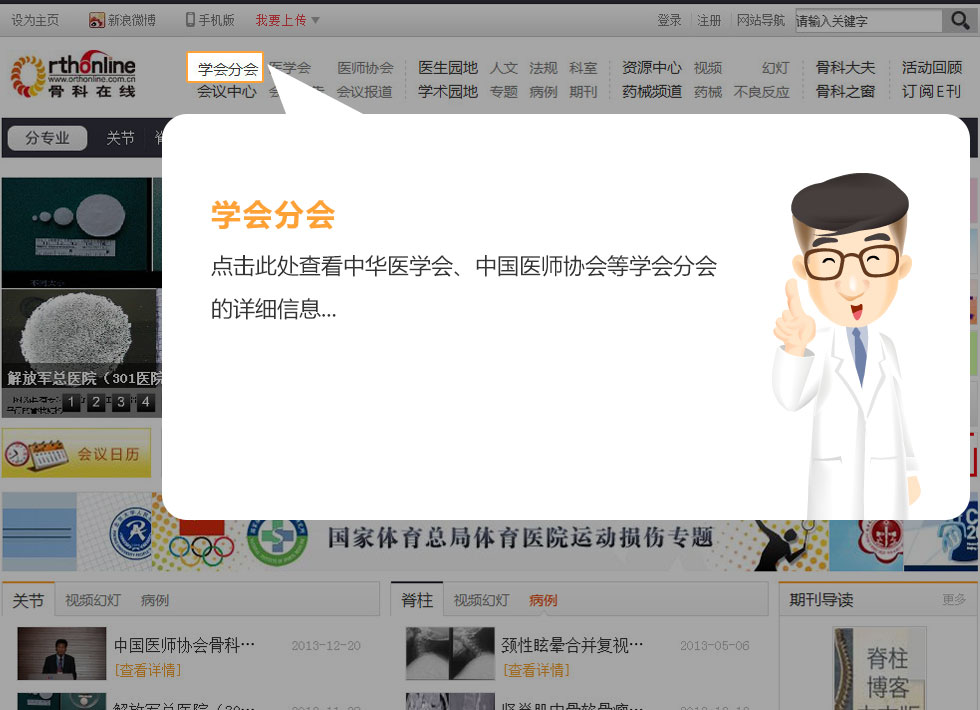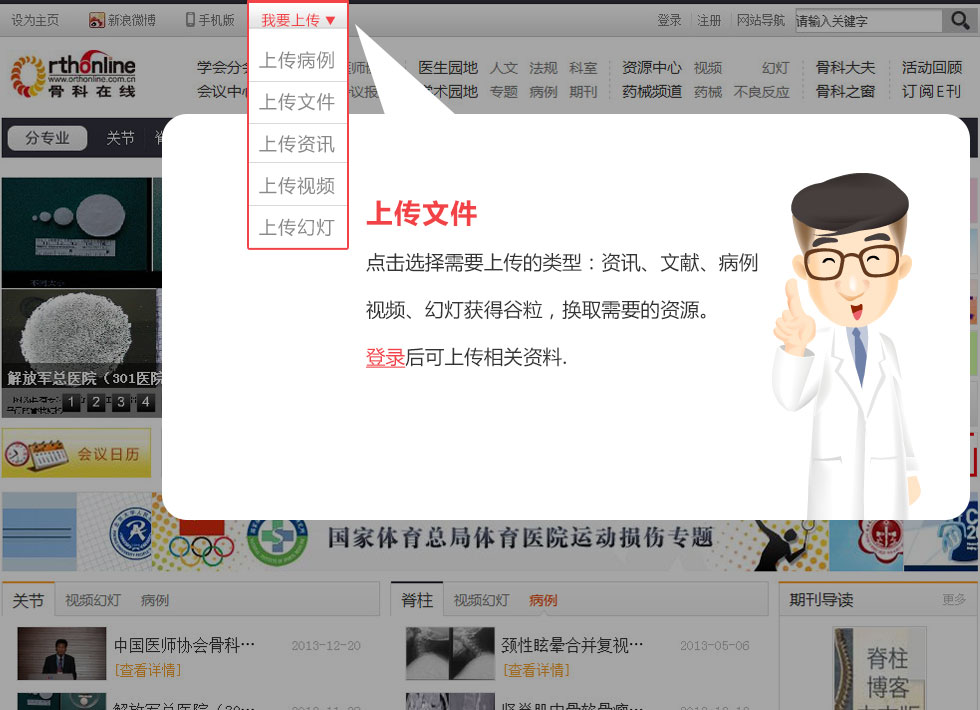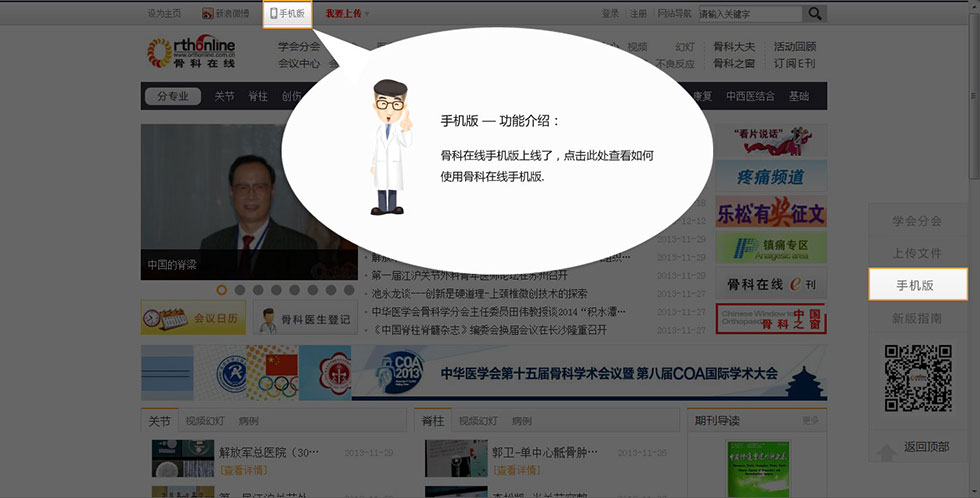Pulse-spray catheter directed thrombolysis in patients with recent onset or deterioration of lower extremity ischemia
第一作者:CHEN Yue-xin
2012-10-15 点击量:465 我要说
CHEN Yue-xin, LIU Chang-wei, ZENG Rong, LI Yong-jun, YE Wei , SHAO Jiang
Background The recent onset or deterioration of lower extremity ischemia is highly associated with intravascular thrombus. Treatment of these thrombotic occlusions is challenging. Pulse-spray catheter directed thrombolysis (PS-CDT) refers to the technique of intermittent forcefully injecting the thrombolytic agent into the thrombus to fragment it and increase the surface area available for enzymatic action. This study was designed to evaluate the efficacy and safety of PS-CDT in patients with recent onset or deterioration of lower extremity ischemia.
Methods From August 2008 to March 2009, 44 patients with acute or chronic lower extremity ischemia were recruited in this prospective study, which included 37 men and 7 women ranging from 15 to 83 years old (mean age (51.1±17.4) years). PS-CDT through a multi-side-hole thrombolytic catheter by using urokinase was conducted in all patients. The progression of thrombolysis was assessed and graded by angiography. Adjunctive therapies were used to correct underlying lesions. The follow-up period was 12 months.
Results In the 44 patients, the average total dose of urokinase for each patient was (2 120 000±1 100 000) IU (median 2 000 000 IU), with a median duration of lysis of 48 hours. The rate of initial technical success was 97.7%. The rate of clinically successful lysis was 81.8%. Early (≤30 days) and late (from 30 days to 12 months) amputation rates were both 4.5% (2/44). The overall amputation rate was 9.1% (4/44). No mortality was recorded during thrombolysis and follow-up period (12 months). No major bleeding or allergic reaction was seen during thrombolytic therapy. 11.4% had symptoms of distal embolization. The primary patency rate for the arteries that were clinically successfully thrombolyzed as compared with those that failed to lysis was 83.3% vs. 57.1%, respectively, at 1 year.
Conclusions PS-CDT, combined with adjunctive therapies, is associated with good safety and efficacy in recent-onset or deterioration of lower extremity ischemia. Successful thrombolysis may be accompanied by better outcomes.





 京公网安备11010502051256号
京公网安备11010502051256号